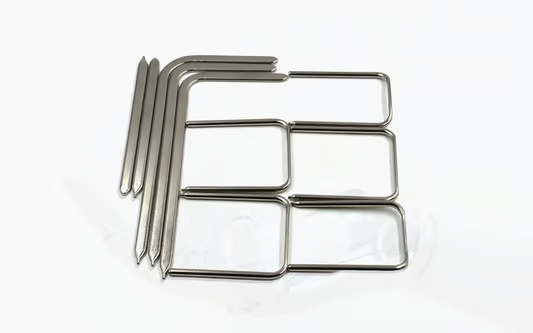The Basics of Heat Pipes
A heat pipe is a highly efficient heat transfer device that is used to transfer heat from one location to another. It consists of a sealed tube with an inner wick structure and a small amount of working fluid, such as water or ammonia. When heat is applied to one end of the pipe, the working fluid evaporates and travels to the cooler end of the pipe, where it condenses and releases heat. This process repeats continuously, allowing for efficient heat transfer.
How Does Heat Pipe Heat Sink Work?
A heat pipe heat sink is a type of heat sink that utilizes heat pipes to enhance its cooling capabilities. It consists of a base plate, which is in direct contact with the heat source, and multiple heat pipes that are attached to the base plate. These heat pipes extend vertically and are usually equipped with fins or other cooling structures to increase their surface area.
When heat is applied to the base plate, the heat pipes quickly transfer the heat away from the source and distribute it along their length. The heat is then dissipated through the fins, allowing for efficient cooling. The working fluid inside the heat pipes plays a crucial role in this process, as it enables the rapid transfer of heat by undergoing phase changes.
The Advantages of Heat Pipe Heat Sinks
Heat pipe heat sinks offer several advantages over traditional cooling methods:
High Thermal Conductivity
Heat pipes have a significantly higher thermal conductivity compared to solid materials, such as copper or aluminum. This allows them to transfer heat more efficiently, resulting in lower temperatures and improved performance.
Uniform Heat Distribution
Heat pipe heat sinks distribute heat evenly along their length, ensuring that no hot spots are formed. This helps to prevent thermal stress and prolongs the lifespan of electronic components.
Compact Design
Heat pipe heat sinks are compact and lightweight, making them ideal for applications with limited space. Their efficient heat transfer capabilities allow for smaller and more streamlined cooling solutions.
No Moving Parts
Unlike traditional cooling methods, such as fans or pumps, heat pipe heat sinks have no moving parts. This eliminates the risk of mechanical failure and reduces maintenance requirements.
No Noise or Vibration
Since heat pipe heat sinks do not rely on fans or pumps, they operate silently and without any vibration. This makes them suitable for noise-sensitive environments, such as medical or audio equipment.
Applications of Heat Pipe Heat Sinks
Heat pipe heat sinks find applications in various industries and technologies:
Electronics Cooling
Heat pipe heat sinks are commonly used in electronic devices, such as computers, laptops, and servers, to dissipate the heat generated by the components. They help to prevent overheating and ensure reliable operation.
LED Lighting
LEDs produce heat during operation, and efficient cooling is crucial to maintain their performance and lifespan. Heat pipe heat sinks are often used in high-power LED lighting systems to manage the heat effectively.
Solar Panels
Solar panels can get hot while converting sunlight into electricity. Heat pipe heat sinks are employed to remove the excess heat and maintain optimal operating temperatures, improving the overall efficiency of the panels.
Automotive Cooling
Heat pipe heat sinks are used in automotive applications, such as cooling of power electronics, batteries, and LED headlights. They help to enhance the reliability and performance of these components.
Industrial Cooling
From industrial machinery to power plants, heat pipe heat sinks play a vital role in cooling various equipment and systems. They offer efficient and reliable cooling solutions for demanding industrial applications.

